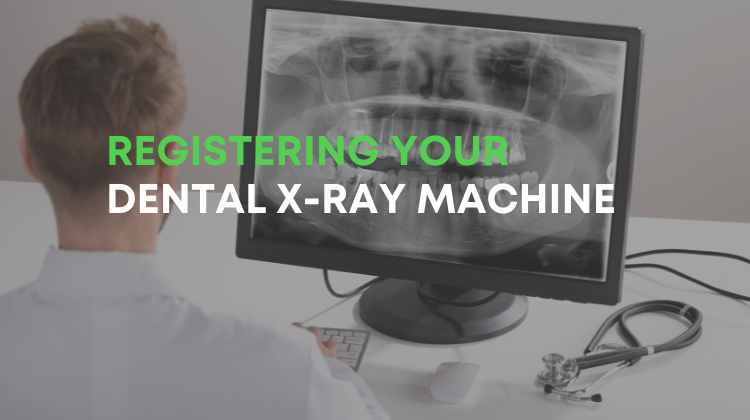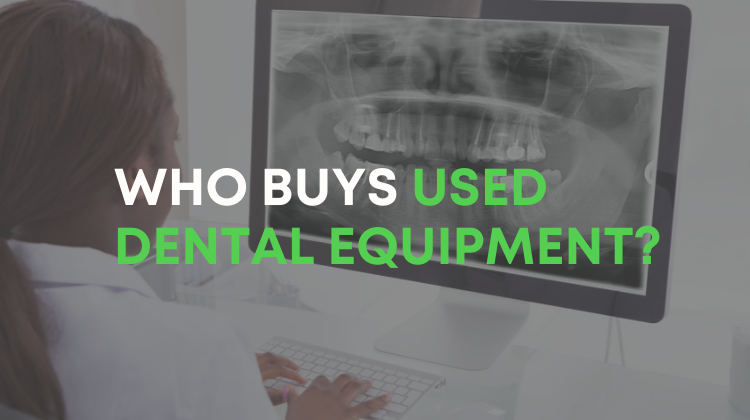The Components of a Successful QA/QC Program for Dental X-ray Machines

Quality Assurance/Quality Control (QA/QC) protocols have long been established for traditional film dental X-ray machines. Now that most of those machines are being replaced by digital and CBCT units, states must update their guidelines. Although some states have already implemented these new guidelines, others have not. This article provides a brief overview of QA/QC programs as well as a look at some of the common state-mandated components of a successful QA/QC program.
What Does QA/QC Mean?
A Quality Assurance (QA) program includes Quality Control (QC) tests and helps to ensure that you are consistently receiving high-quality diagnostic images while still protecting staff and patients from radiation exposure. An optimal QA program will cover the entire X-ray system and enable you to recognize when parameters are out of limits so you can avoid poor-quality images and unnecessary radiation exposure.
What Does a Successful QA/QC Program Involve?
Most QA programs will include: acceptance and commission of a radiographic device; routine testing and maintenance; determination and follow up of imaging protocols; radiation dose estimates for patients, staff, and the public; staff training; and adherence to policies and procedures.
How well the equipment performs after it is installed is where the Quality Control (QC) program comes in. These tests are performed on a routine basis and include acceptance tests performed during installation, as well as periodic testing on state or manufacturer defined frequencies. Depending on your state’s regulations, you may be required to involve an authorized service provider or Qualified Expert (such as a physicist) in addition to the doctor and practice staff.
What Is Acceptance Testing?
Acceptance testing is typically performed when the X-ray machine is installed and checks its performance before you use it with patients. Often, the output and radiation is measured by an Equipment Performance Evaluation (EPE) and/or Survey based on state requirements. The EPE measures the output of the dental X-ray machine to ensure it meets manufacturer specifications. The Survey measures output in addition to radiation measurement in adjacent areas. The QA/QC protocols run during installation give you the baseline values that you need for quality images and minimal radiation exposure, as well as required ongoing periodic testing. These numbers will be used to compare future tests to ensure your machine is in proper working order.
Why Are Routine QC Tests Necessary?
The dental X-ray machine manufacturer or your state regulatory authorities will determine how often your unit requires QC tests. This could be daily, monthly, quarterly, or annually. Each test can include safety system evaluations such as emergency stop buttons, audible signal and/or lights during exposure, or mechanical obstructions. There are also separate tests for modalities such as intraoral, extraoral, and CBCT.
Intraoral QC tests will evaluate the stability of the X-ray tube, its shielding, its field size, and source-skin distance.
Extraoral QC tests will include alignment, field size, uniformity, and beam size.
QC tests for CBCT dental X-ray machines are more complex and will usually require the use of a phantom. These tests include various measurements such as uniformity, gray value stability, Hounsfield unit accuracy, noise, contrast resolution, spatial resolution, and more.
What is Dosimetry?
Dosimetry relates to the estimate of a patient’s radiation dose during X-ray exposure. For patients, radiation output is typically monitored and displayed by the dental X-ray machine during capture. For your staff, this can be monitored by dosimetry measurement devices which are required by some state regulatory authorities.
Image Quality
A clinical image quality assessment is an important component of your QA/QC program. High-quality reference images should be used for comparison of visual grading according to dedicated imaging quality criteria. Issues may arise over time with variations of technical parameters, but comparative clinical images should be used to verify imaging performance. When comparing images, the practitioner should consider how frequently images were rejected during a certain period and potential reasons for rejections. Then, the practitioner can implement corrective actions such as removing metal objects, improving patient positioning, and revising exposure protocols.
Quality Assurance and Quality Control will become even more prominent in the next few years as state regulations for the use of digital dental X-ray machines and CBCT systems become more frequently defined and adopted. By preparing yourself now, you’ll be ready for any future changes to protocols.



